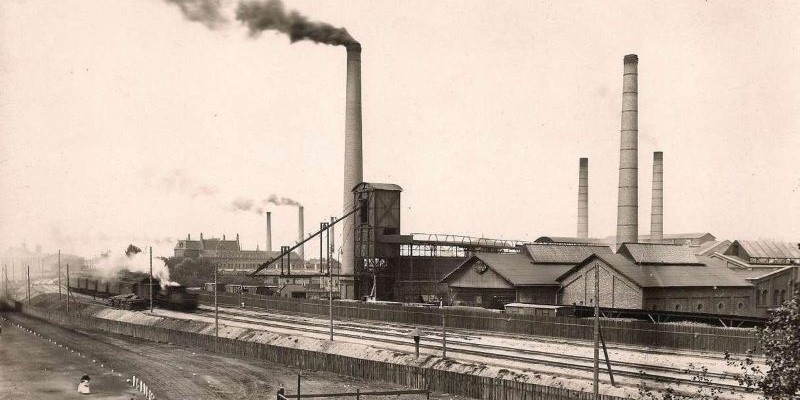1881-1888 Huldschinsky Tube Works
Originally named Röhrenwerk in German, was a Sosnowiec-based steel plant specialised in pipe production. The company S.Huldschinsky und Söhne/ S.Hulczyński i Synowie (S.Hulczyński and sons) from Gliwice (the spelling of the name has been adapted to Polish) constructed the plant between 1881 and 1888. The smelter was established on land purchased from the owners of the Pogoń and Sielec estates. Initially, the factory was a subsidiary of the Gliwice plant and operated under the name S.Hulczyński i Synowie/ S.Huldschinsky i Synowie. The plant comprised multiple production halls, a locksmith, machine shop, a forge, warehouses, offices, stables, and a carriage house. The position of director was initially held by Eng. Reiss, and from 1894 by Engr. Oskar Preyss.


 Sosnowiec 41-200, ul. Nowopogońska 1
Sosnowiec 41-200, ul. Nowopogońska 1  Tel. +48 32 783 21 00
Tel. +48 32 783 21 00  info@rmh.com.pl
info@rmh.com.pl 
